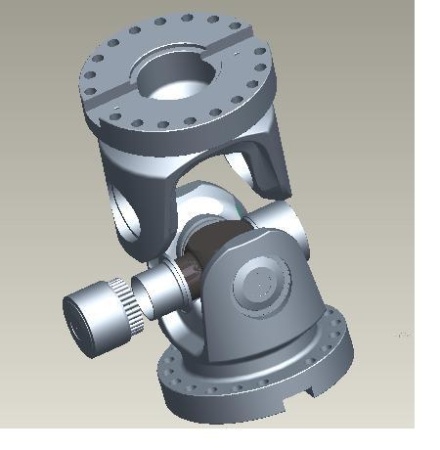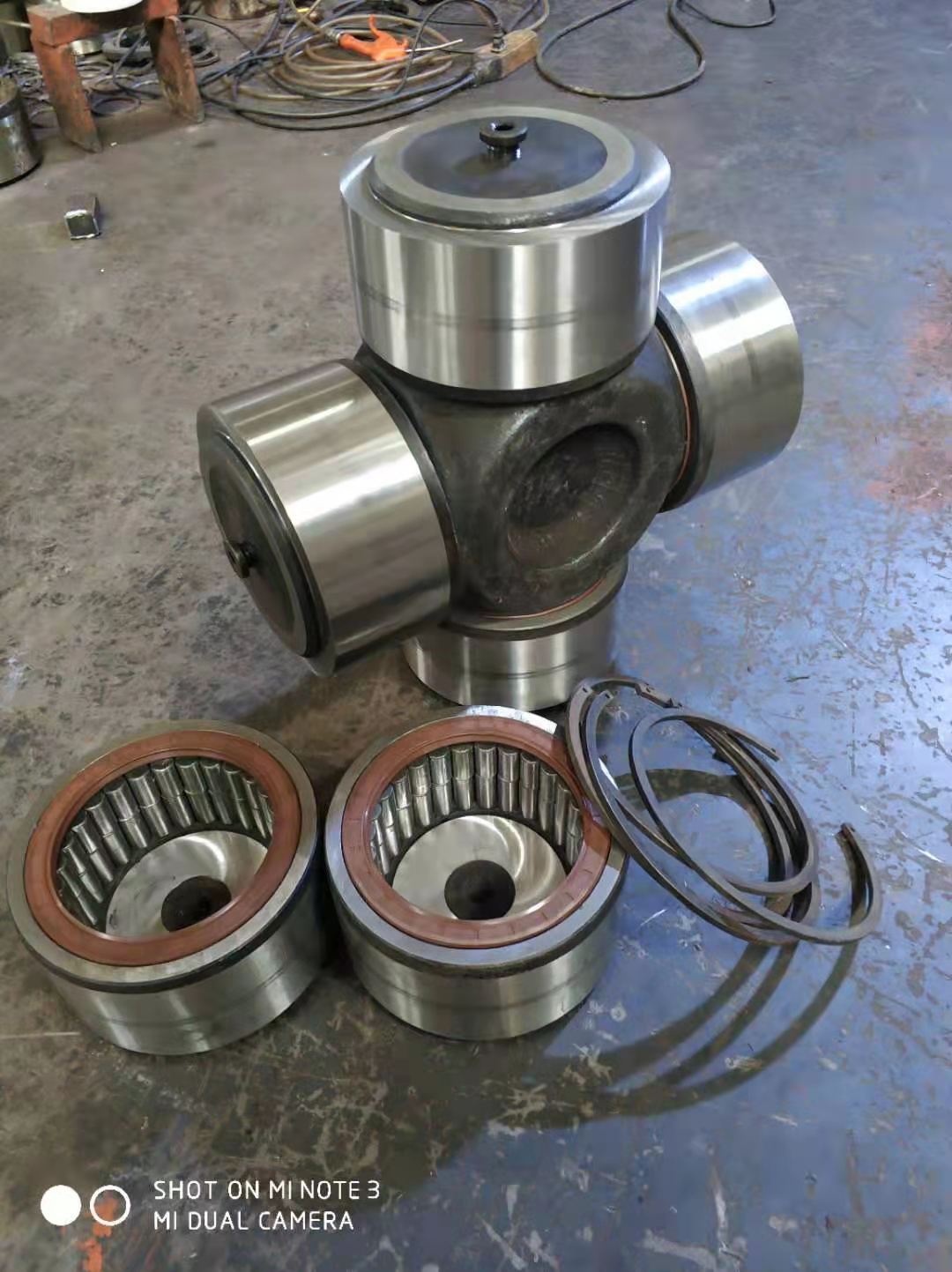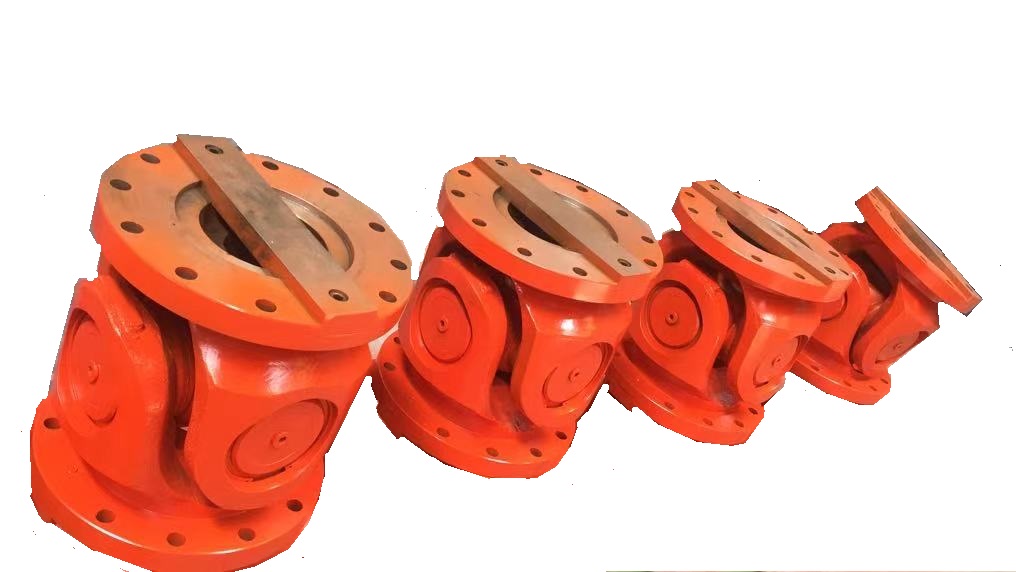Common Issues and Challenges in Steel Mill Roll Usage

Common Issues and Challenges in Steel Mill Roll Usage
While steel mill rolls are designed to withstand the rigors of the rolling process, they are not immune to issues and challenges. The demanding conditions and repetitive use can lead to various problems that affect the performance and lifespan of the rolls.

Wear and Tear: Steel mill rolls are subject to continuous wear due to the friction and pressure involved in the rolling process. Over time, this wear can lead to a decrease in roll diameter, surface roughness, and dimensional accuracy. Excessive wear can result in reduced product quality, increased downtime, and higher maintenance costs.
Roll Breakage: The high forces and pressures exerted on steel mill rolls can sometimes lead to roll breakage. This can occur due to factors such as material defects, fatigue, or improper usage. Roll breakage can disrupt the production process, cause damage to other equipment, and result in unplanned downtime.
Chatter Marks: Chatter marks are periodic marks or ripples that appear on the surface of rolled steel products. They are caused by vibrations in the rolling mill, which can be attributed to various factors such as improper roll alignment, inadequate roll stiffness, or excessive rolling speed. Chatter marks can negatively impact the surface finish and dimensional accuracy of the steel products.

Roll Surface Degradation: The surface of steel mill rolls can degrade over time due to factors such as oxidation, corrosion, or the accumulation of contaminants. A degraded roll surface can negatively affect the quality of the rolled steel, leading to surface defects or reduced product performance.
Roll Cooling Challenges: Steel mill rolls generate significant heat during the rolling process, and effective cooling is crucial to prevent overheating and ensure the desired product characteristics. However, achieving optimal roll cooling can be challenging due to factors such as the roll's complex geometry, limited cooling capacity, or inadequate cooling system design.
Addressing these issues and challenges requires proactive maintenance, regular inspections, and the implementation of appropriate solutions. By identifying and resolving these issues, the performance and lifespan of steel mill rolls can be optimized, leading to improved productivity and product quality.
Contact Name:August
Mobile Phone:+86-13758897904
Address:55# Jinshi Road ,Lecheng Industrial Park,Yueqing City,Zhejiang provice,China

No comments:
Post a Comment